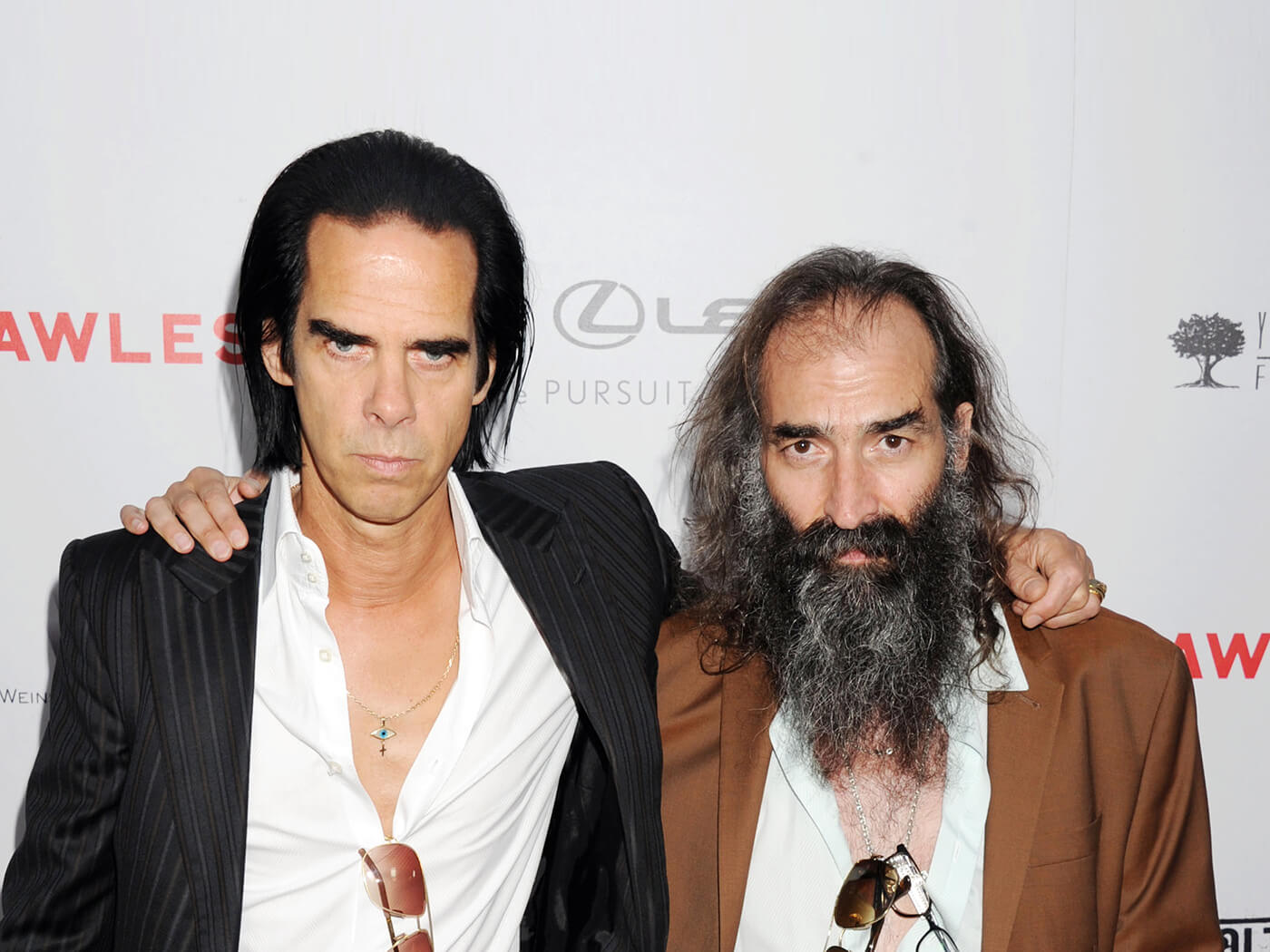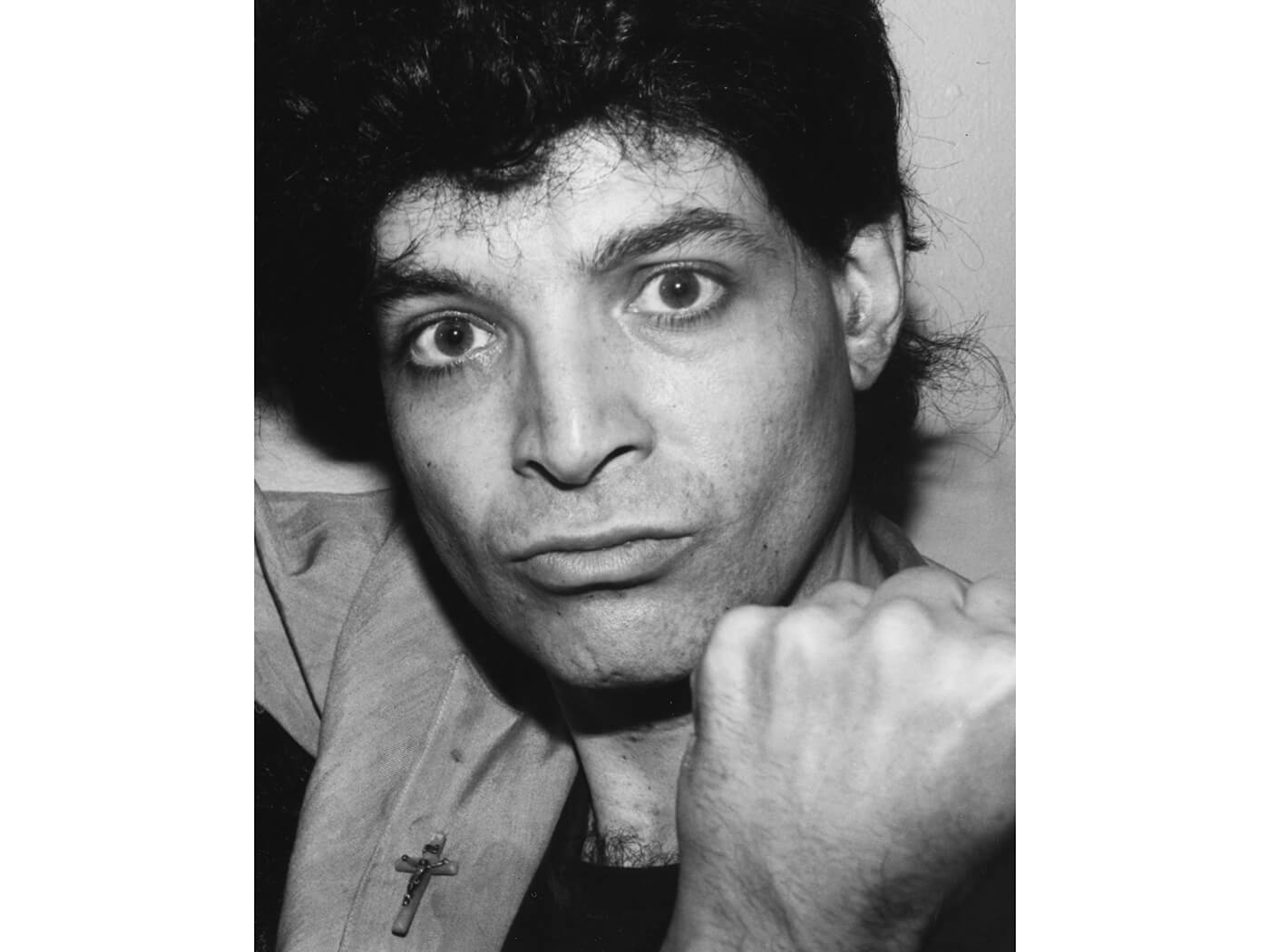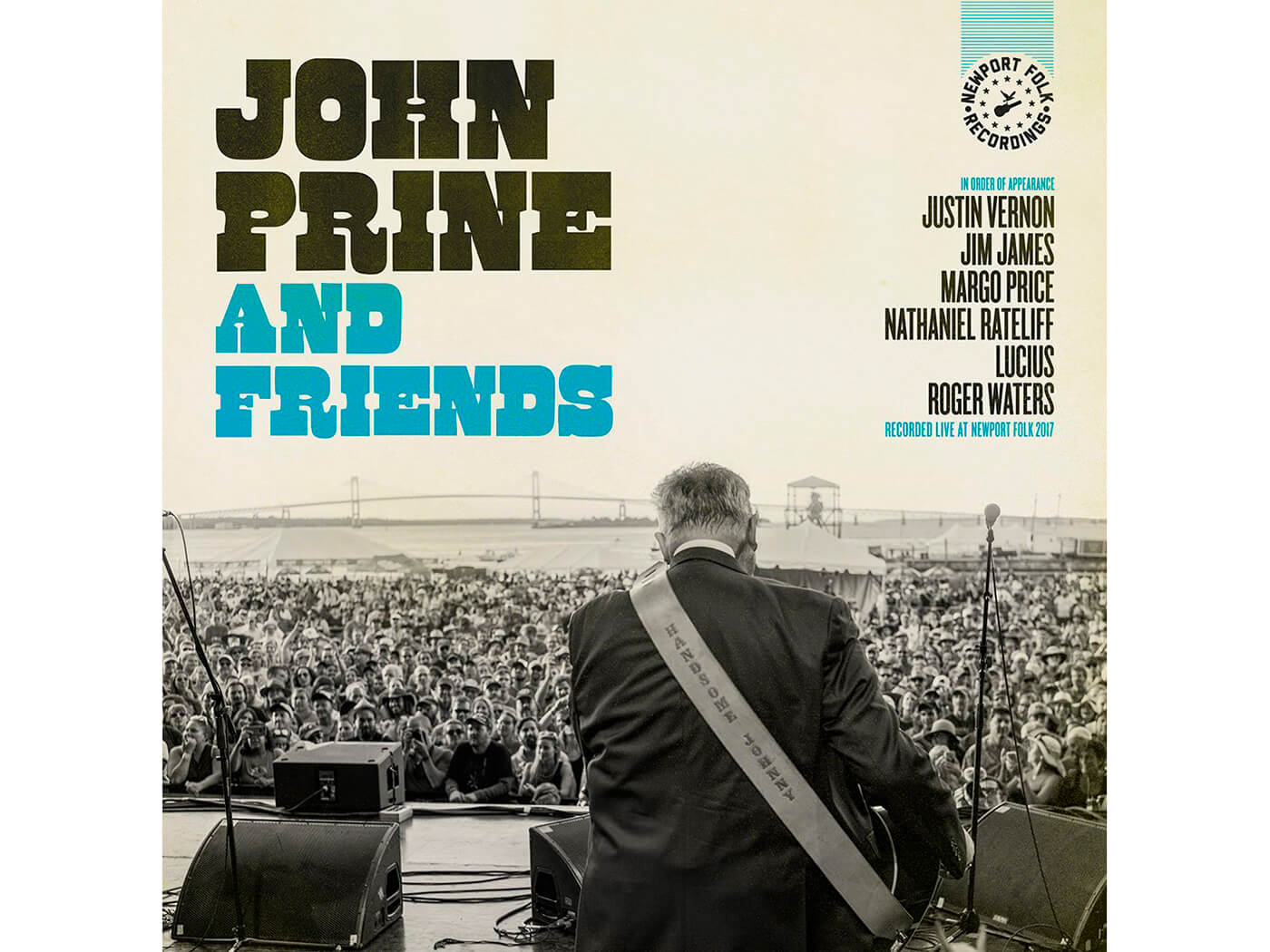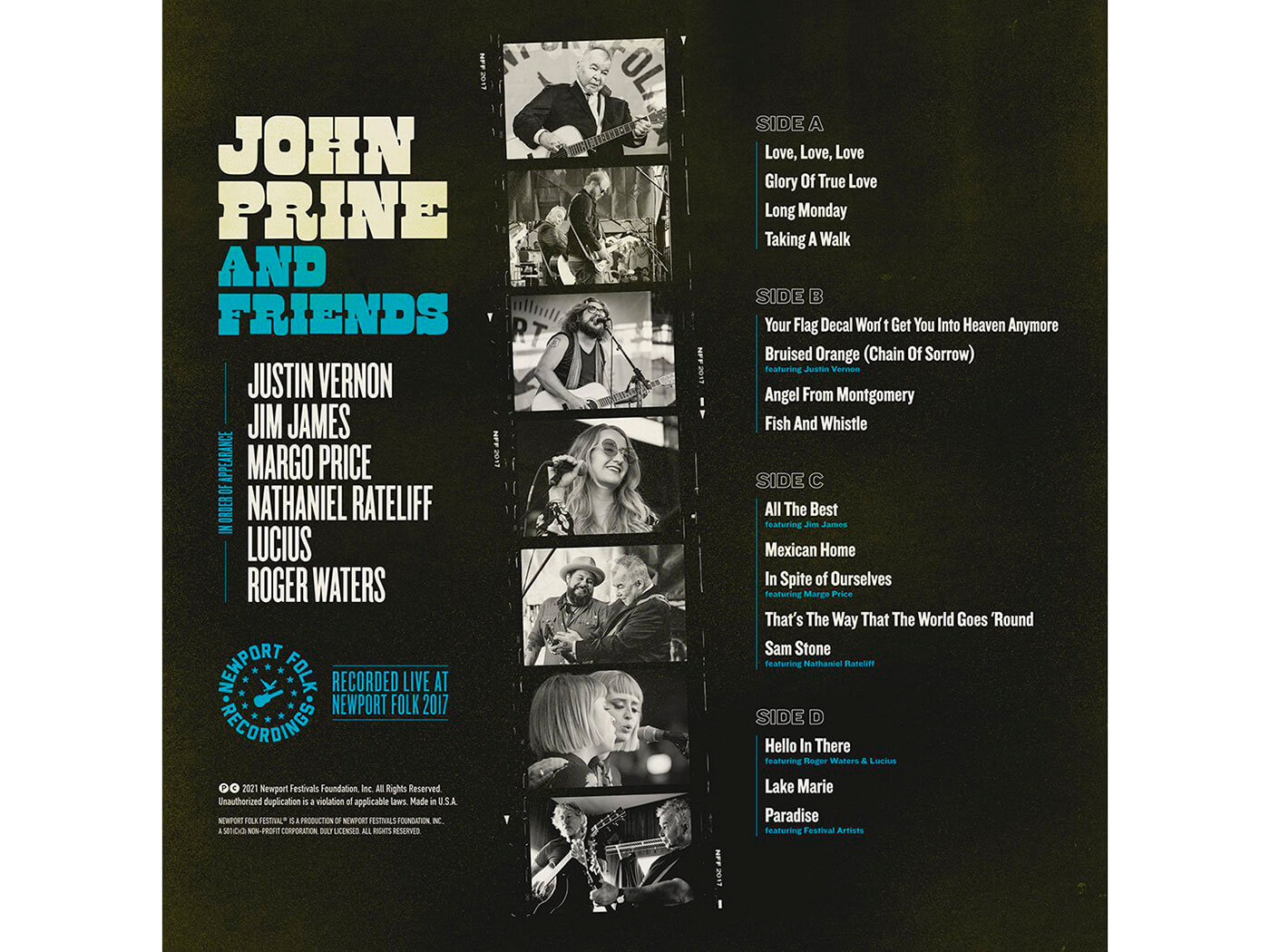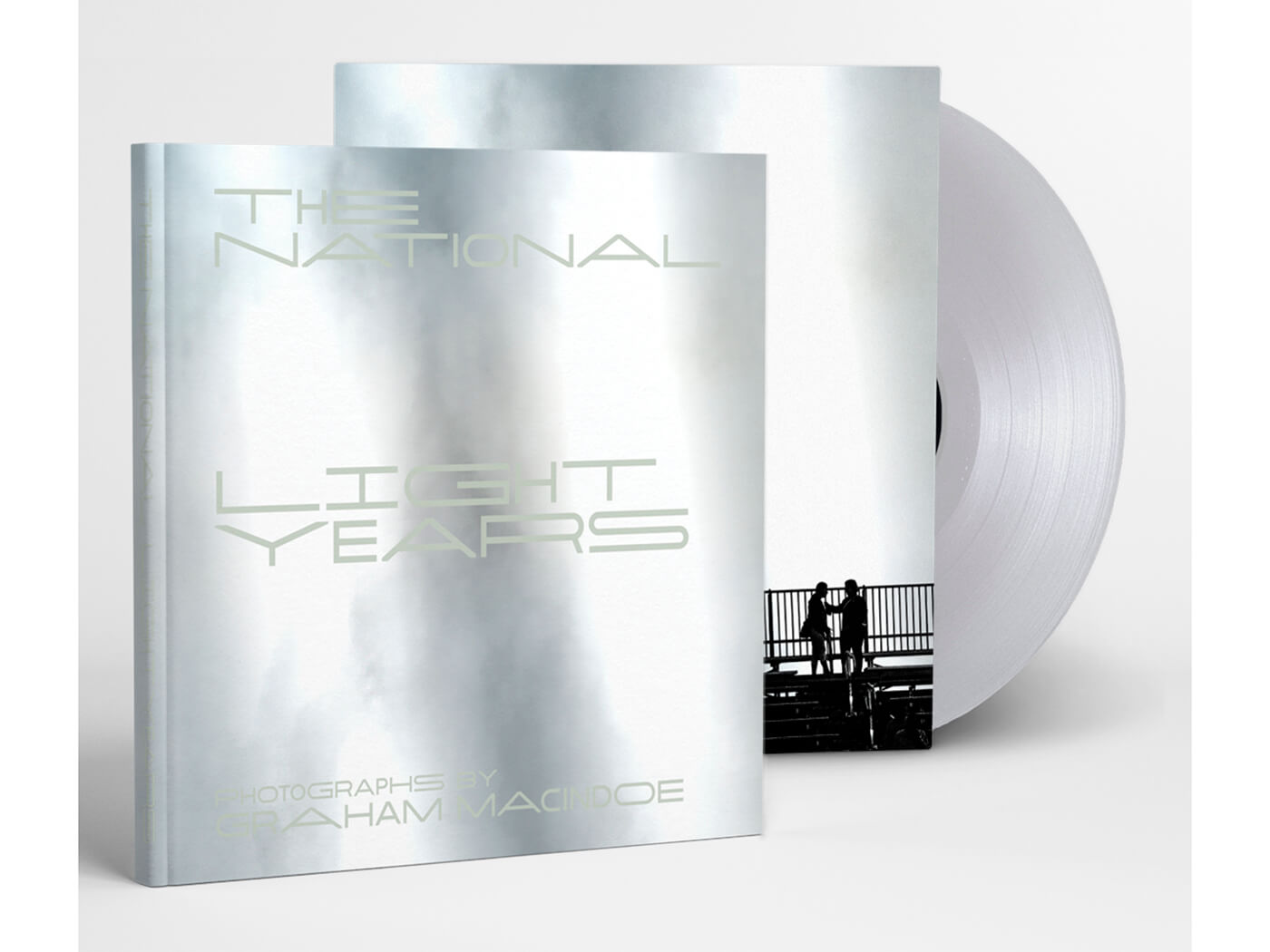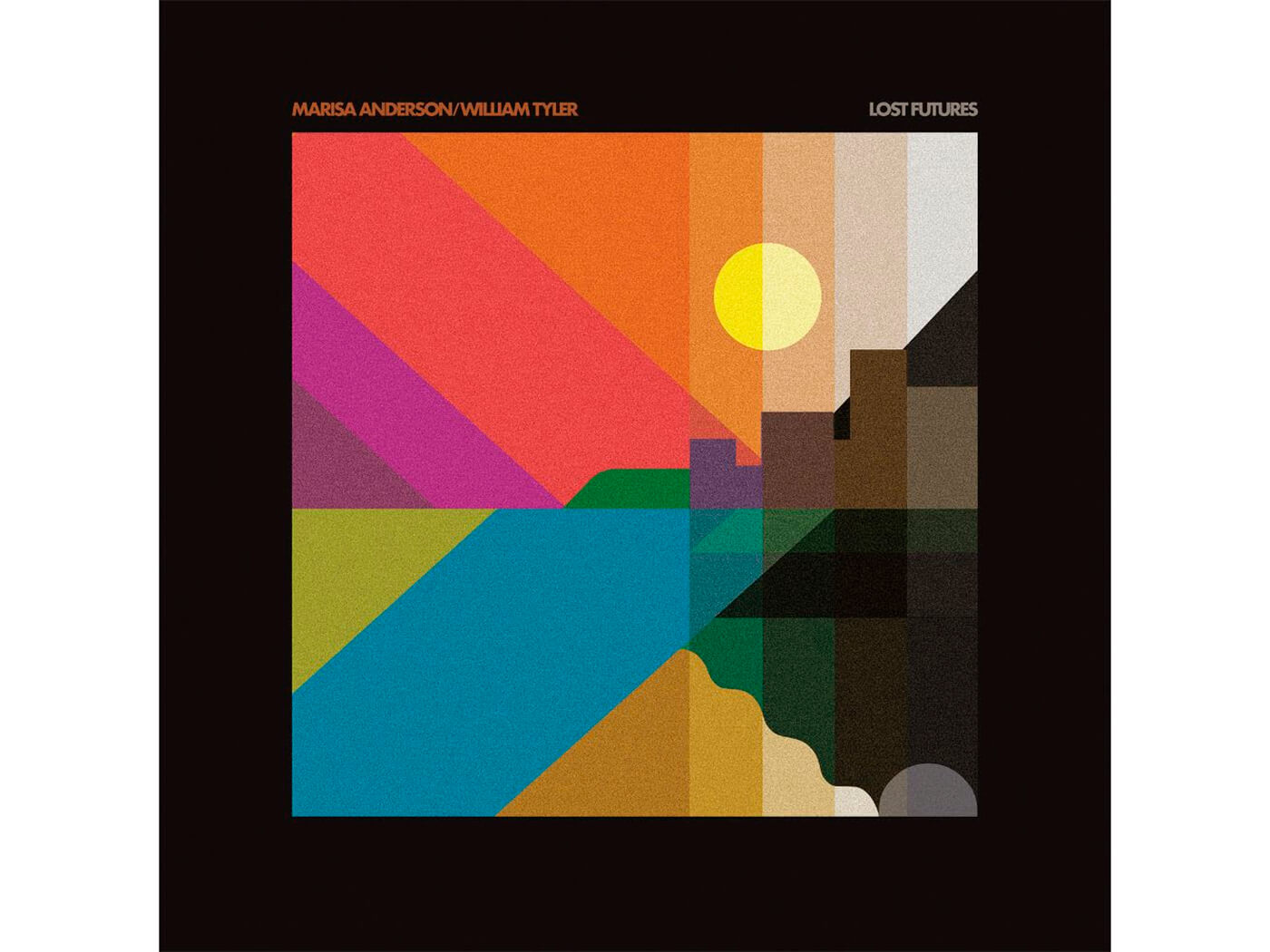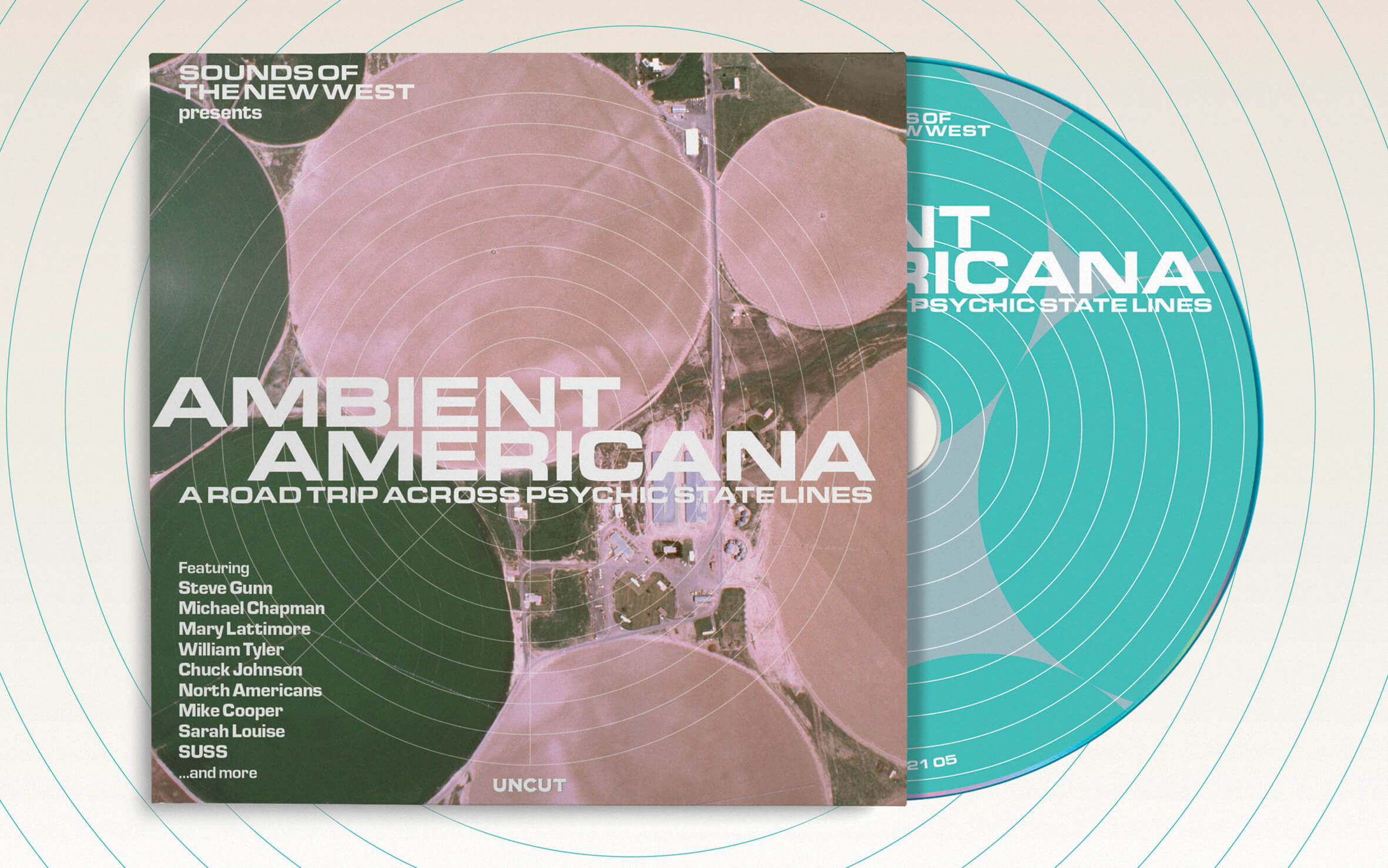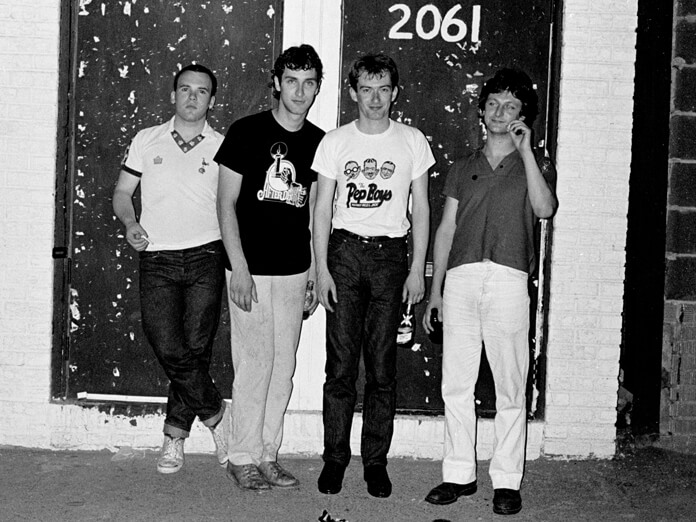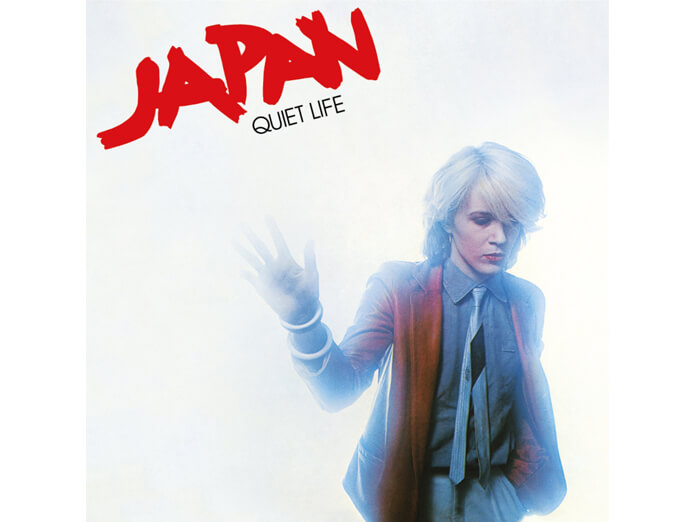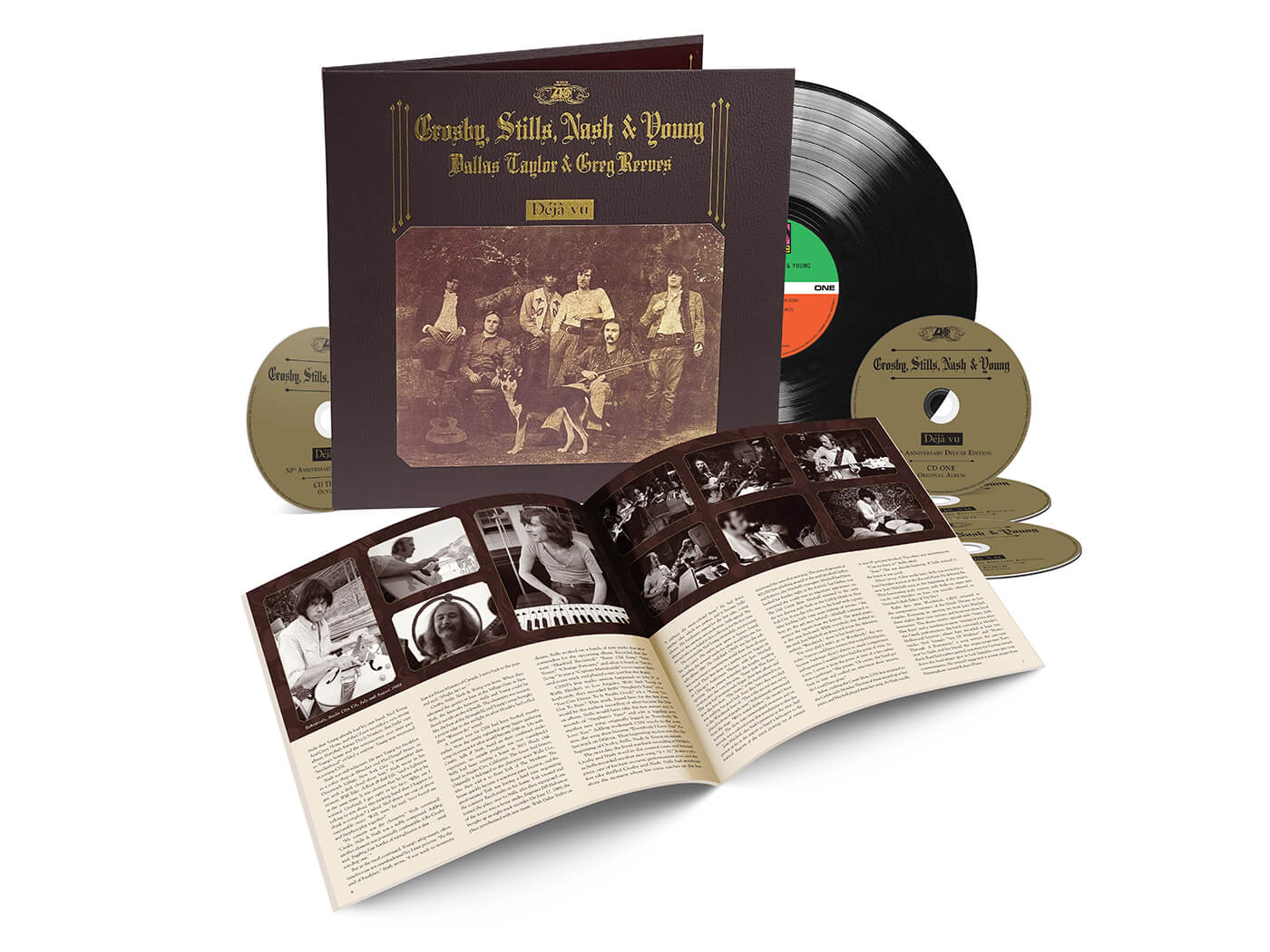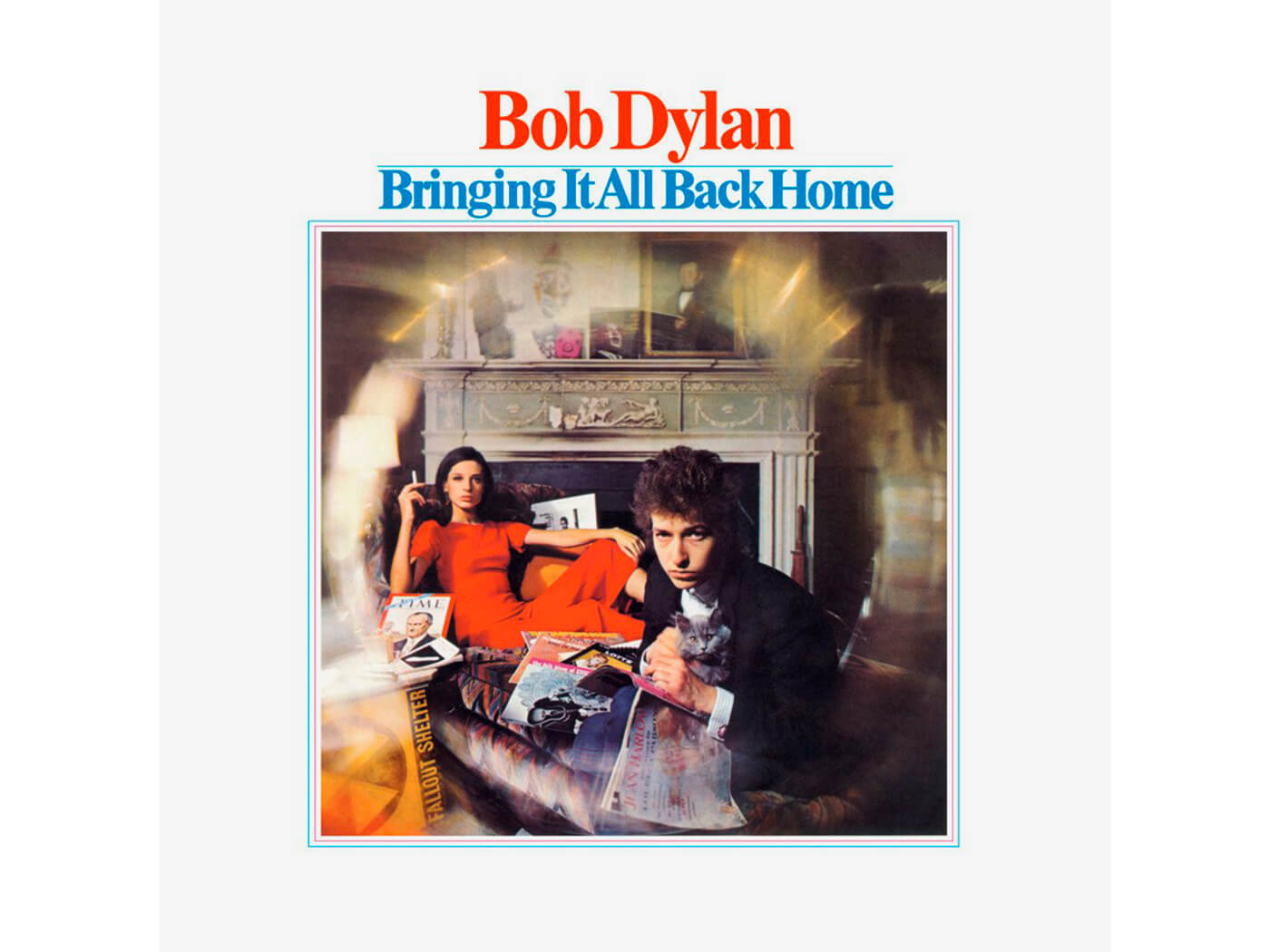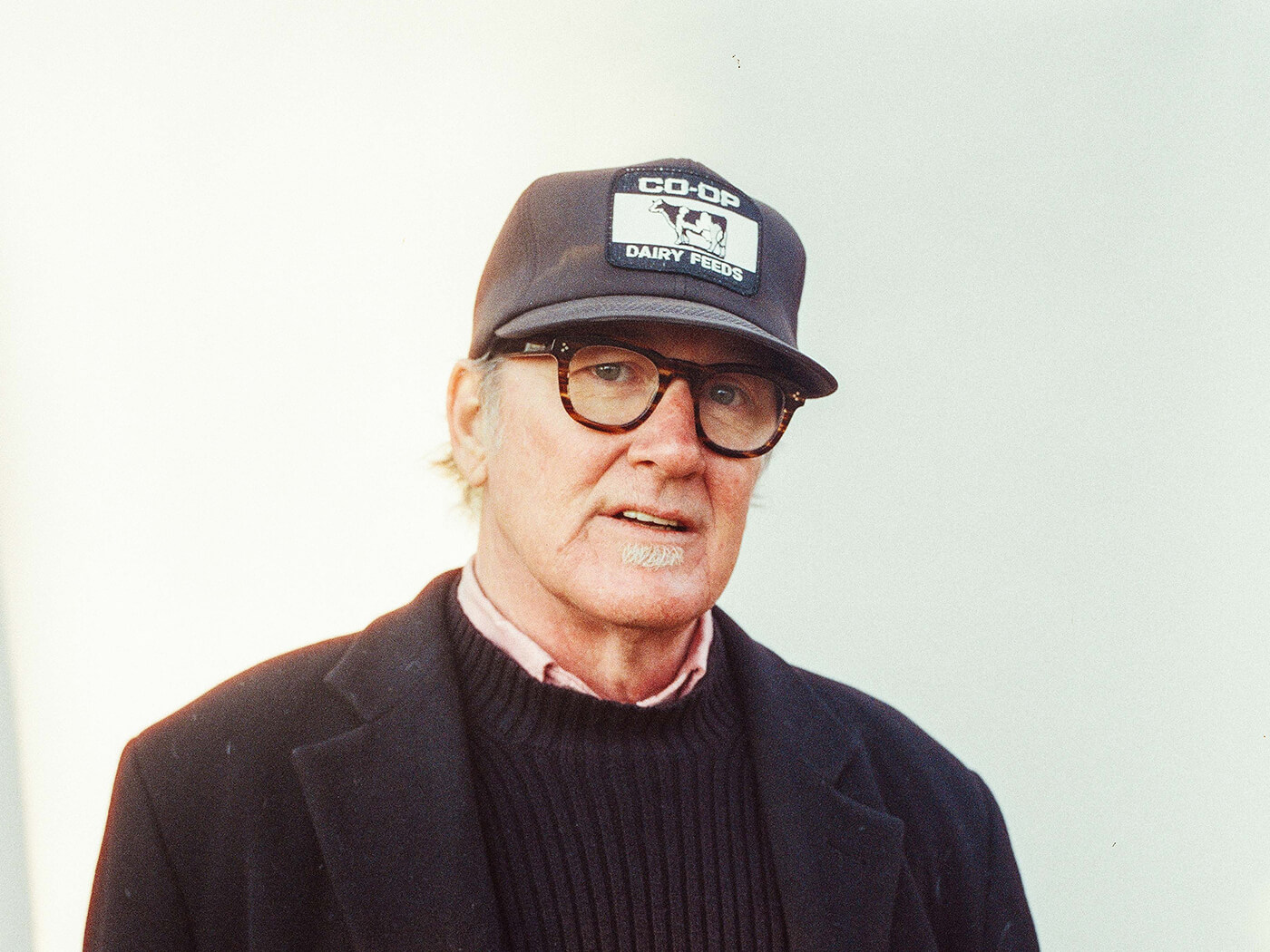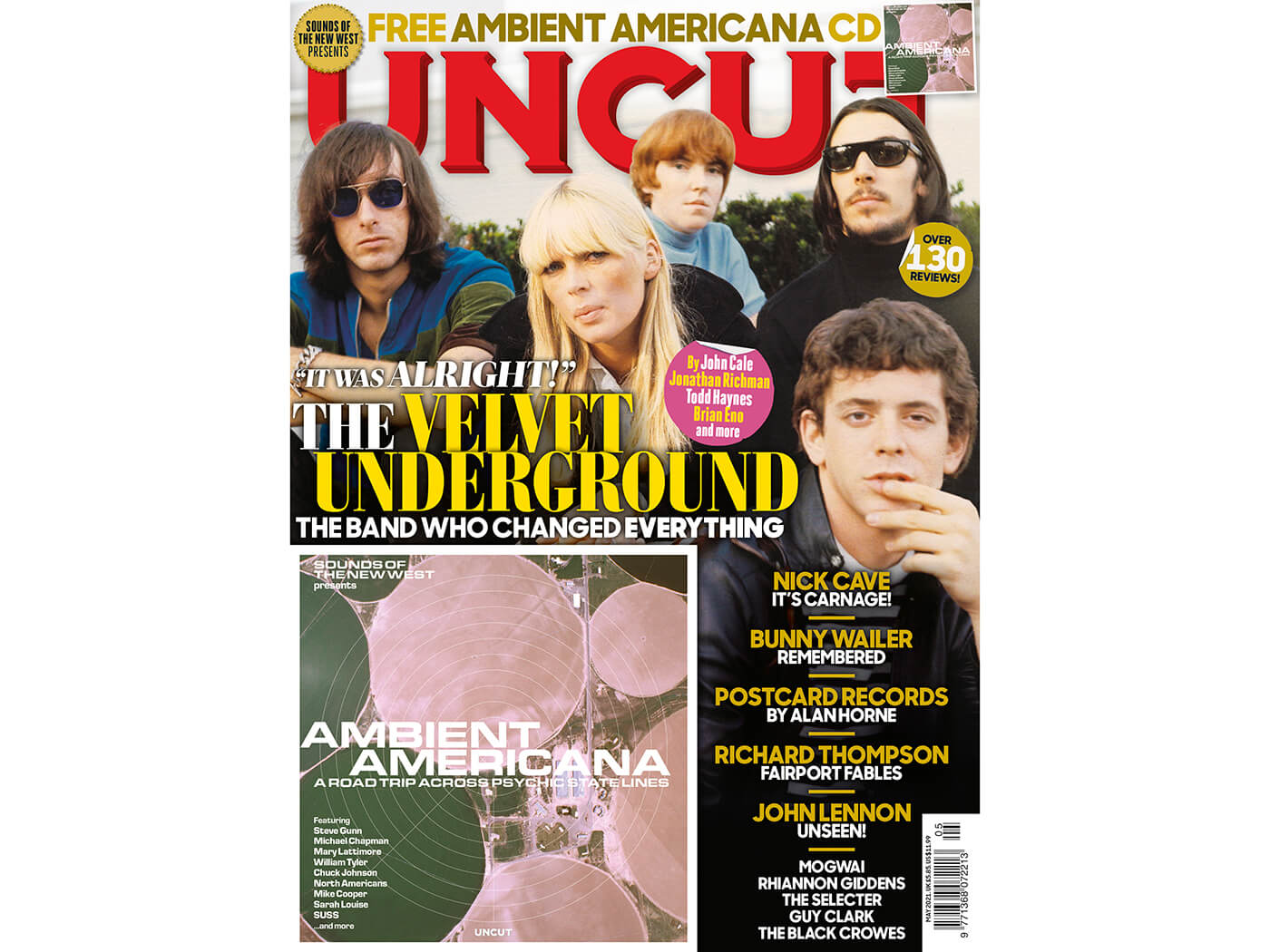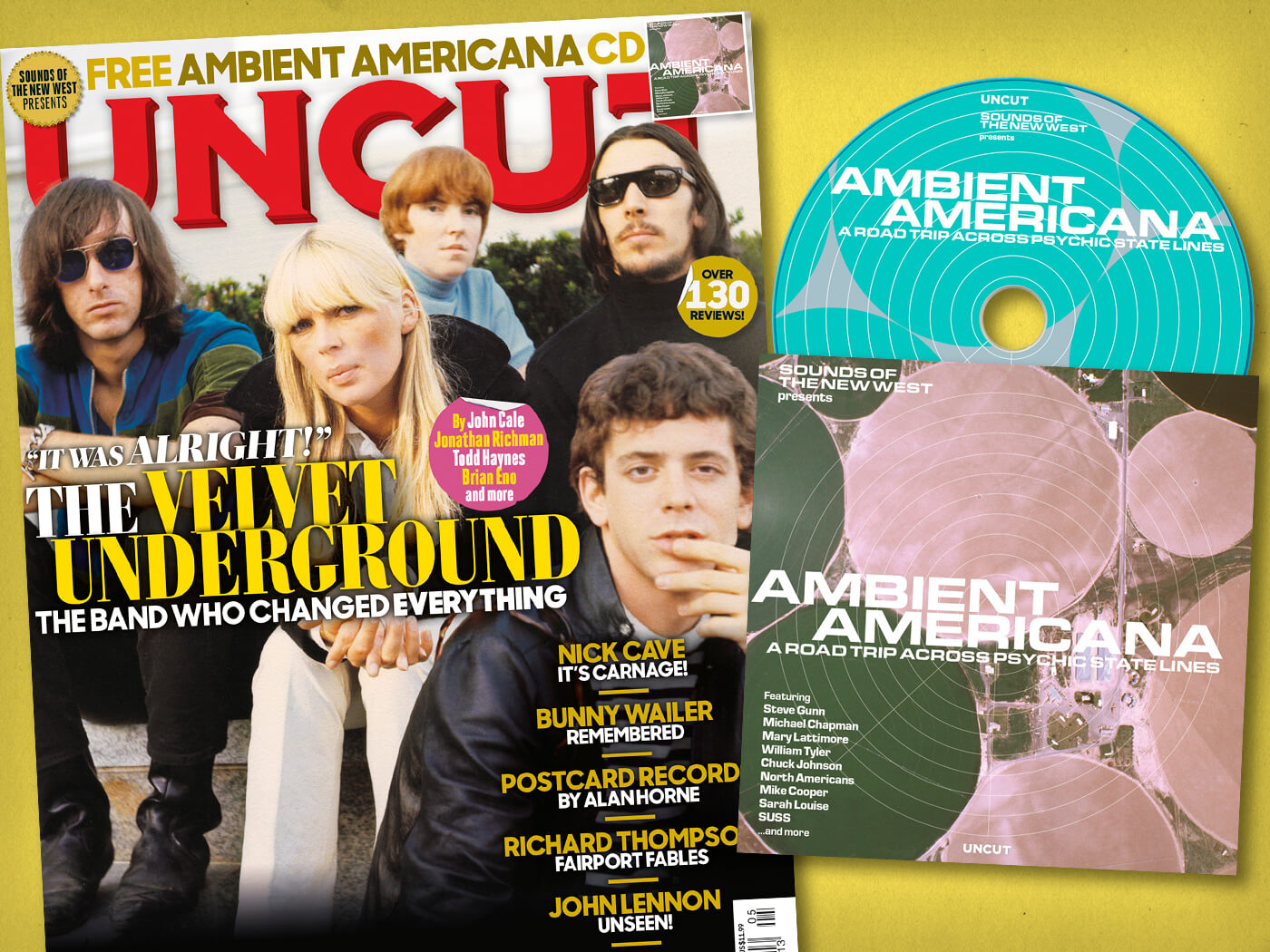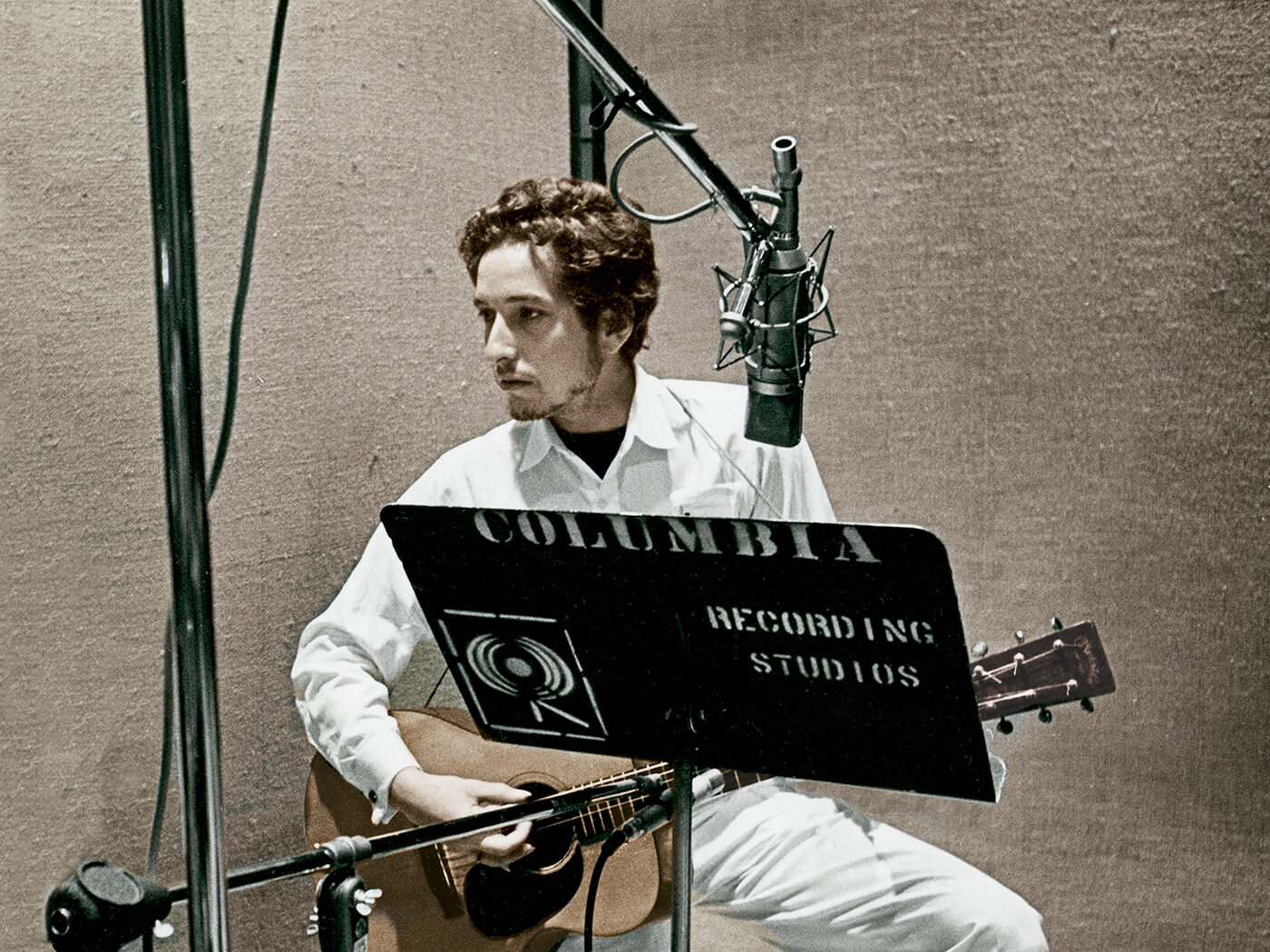Not for the first time in its history, Great Britain finds itself at a crossroads, pulled one way and another by opposing cultural and political forces. On one side stands an establishment dedicated to the consolidation of existing power; on the other, a movement to confront and atone for the more shameful aspects of the past, as a way of addressing them and moving forwards. Of course, Gang Of Four were there in 1979. As frontman Jon King sang on “Not Great Men”, the third track on their debut album Entertainment!: “The past lives on in your front room/The poor still weak, the rich still rule”. Sentimentally, semantically, sonically, it could have been written yesterday.
Sifting through Gang Of Four 77–81, a grand boxset dedicated to the group’s first five years, it’s hard not to be struck by how deep their influence has run. Formed in 1976 out of the scene surrounding Leeds University’s Fine Art department, the group’s intellectual, stridently left-wing observations on politics and culture – not to mention the inspiration the group drew from black American musical styles like funk and disco – would echo through the New Pop music that rose from the ashes of punk. But Gang Of Four’s influence also crossed the Atlantic. Their distinctive take on rock music – lean, funky, set at strange angles – found its way into the DNA of groups from the Minutemen to REM to Red Hot Chili Peppers. Fast forward a couple of decades and Entertainment! had again become a sort of foundational text for a new generation of dance-punk groups like Bloc Party and The Rapture.
The death of founding guitarist Andy Gill in February 2020 brought to a close a fractured late period for the group. Following a well-received reformation of the original lineup in 2004, the group underwent a number of breaks and by 2012 constituted Gill and a number of younger recruits. Gill was an intellectual lodestar of the group, and his distinctive playing style – a choppy, staccato interrogation of his instrument, wise to the sculptural possibilities of feedback – is perhaps Gang Of Four’s most striking ingredient. But it wasn’t just completists who might have felt like there was something of the tribute band to what the group had become.
This box feels like an attempt to cement Gang Of Four’s legacy. Designed by King with help from the Danish industrial designer Bjarke Vind Normann, it’s an impressive package, containing their first two records – Entertainment! and its follow-up, 1981’s Solid Gold – in remastered form, along with an LP collecting the group’s singles, an unheard live set from 1980, a book and a C90 cassette of unheard outtakes, rarities, demos and so on. The latter in particular is quite the time capsule. The A-side mostly consists of very early rehearsal recordings, captured in Leeds in 1977 and ’78. Some bands might be shy of showing material like “The Things You Do” or “What You Ask For”, vestigial attempts to synthesise an ambitious tranche of influences – the muscular pub rock of Dr Feelgood, the urgent groove of Parliament/Funkadelic, the anarchic polemic of the Sex Pistols. Truthfully, they sit best as a historical document rather than a listening experience. But further in, things start to come together. There are early takes on “Armalite Rifle” and “Damaged Goods”, plus a couple of unnamed songs recorded at Cargo Studios in Rochdale in mid-1978 that absolutely smoke – not as hooky as anything on Entertainment!, but showcasing the band’s emergent blend of abrasive guitar and piston-like groove to stunning effect.
The book in particular is an example of how to do this kind of boxset treatment right. Researched by drummer Hugo Burnham and edited and designed by King with help from graphic designer Dan Calderwood, its 100 pages chronicle the band’s first five years of existence, mixing up photography, lyrics and commentary, tour diaries and plenty of tributes and recollections from friends and fans of the band, including Henry Rollins, The Cure’s Lol Tolhurst, REM’s Michael Stipe and Mike Mills and members of Pylon and The Mekons. “Andy Gill’s guitar playing was a particular inspiration to me, and I copied him shamelessly,” writes Shellac’s Steve Albini. “He would say the same about Wilko Johnson, so we’re even.”
So deep goes the book, in fact, that its revelations help you listen to a familiar record like Entertainment! in a new way. You’ll probably be familiar with “Love Like Anthrax” – an audacious feedback scrawl that finds King crooning a morose song about heartbreak through the left channel as Gill verbally deconstructs the whole concept of the love song in the right. What you might not be aware of is that the dual narrative tactic was inspired by the Jean-Luc Godard film Numéro Deux, though – or that Gill’s lyric was situational, improvised afresh whenever the song was performed. The book is packed with these sorts of nuggets. Who knew, for example, that “the change will do you good” line that kicks off “Damaged Goods” was the tagline of the band’s local supermarket?
Gang Of Four would never better Entertainment!, but the material that followed on its heels occasionally hit similar heights. The Singles kicks off with “To Hell With Poverty” – a Bacchanalian disco-punk with one of the band’s all-time best riffs – and also features “It’s Her Factory”, a Burnham-sung number that puts the band’s feminist mindset firmly on the record. The band’s second album, Solid Gold, meanwhile, is generally underrated in comparison to its predecessor, but certainly stands up in its own right. “Paralysed” is, with hindsight, a hilarious way to kick off a difficult second album – a grim expression of torpor sung by Gill through his teeth, embellished with scaly shards of guitar. Lyrically speaking, a stifling negativity runs throughout the record – the terrible ennui of life under capitalism – but musically it’s both heavier and funkier, peaking with “What We All Want” and “Cheeseburger”, a send-up of the American Dream as seen through the eyes of an average Joe.
Cerebral and visceral, deadly serious when it came to ideas but not afraid to make drunken idiots of themselves on stage if the mood took them, Gang Of Four were certainly full of contradictions. For all their critiques of capital and their references to European cultural figures like Brecht, Godard and Debord, you do get the sense that the band really found themselves in America. The box’s live set – recorded from the soundboard at San Francisco’s American Indian Center in the May of 1980 – shows what an unstoppable force they had become after a couple of years on the road, a furious “At Home He’s A Tourist” and a cover of The Mekons’ “Roseanne” among the highlights.
It’s been hard to lay your hands on Gang Of Four’s best music for too long now – you can blame the machinations of record labels and the small print of contracts for that. But Gang Of Four 77–81 undoubtedly does the reissue/repacking thing properly. Forty years after they kicked off post-punk in a blaze of punk, funk and revolutionary praxis, Gang Of Four bow out with a box that deserves a place in the history books.
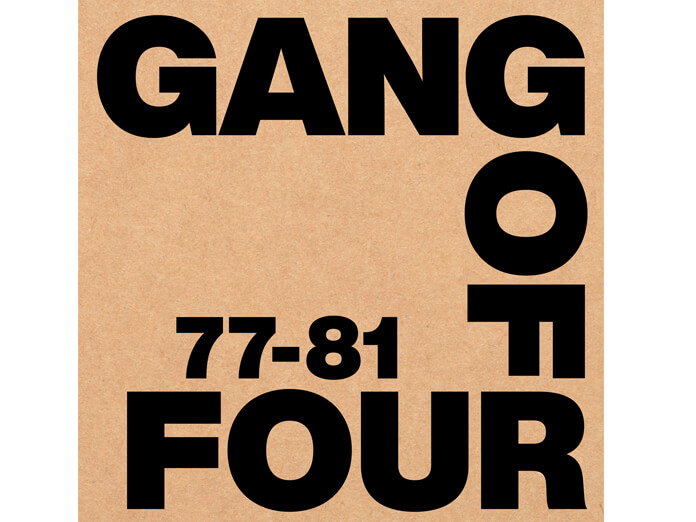
Q&A
JON KING & HUGE BURNHAM
How did the box come together?
BURNHAM: We started talking vaguely back and forward in early spring of 2019. It came about, largely, because a couple years before that, we managed to extricate ourselves and our catalogue from Warner Brothers Records, who we signed to in 1980. A new copyright law came in for the US, the 35 years rule. It allowed us to say: you have to change our deal, or we’re out of here. And we went back and forth quite a lot with Warner Brothers and Rhino, and it didn’t come together. So we left them. And then in September, I think, Jon and I really started to get into the actual meat of putting the boxset together.
JON KING: The contract, actually, that we have for the rest of the world – everywhere except the US and Canada – is in perpetuity. Not only that, but it covered the entire universe, and all technologies that either existed or may exist. I think it’s incredible that you can be signed forever and ever. It reminds me of that episode of Curb Your Enthusiasm. He [Larry David] and Cheryl, they decide to restate their marriage vows. And she wants to rewrite it and say: “Not just for ’til death do us part, but forever and ever…”
BURNHAM: And he goes: “Huh, what was wrong with ’til death do us part?” She says, “Well, who do you think you’re going to see when we’re dead?” And he’s like, “Oh, I don’t know, I just want the chance!” It’s glorious.
Was it hard to compile the material that made it into the box?
BURNHAM: I’ve been carrying around boxes of Gang Of Four stuff for 40-odd years – from Leeds to London to New York, Brooklyn, Los Angeles. I was like, “I’m going to do something with it one day.” Also we’ve got friends who are ferocious collectors themselves – one of them, Andy Rodgers, was a goldmine of stuff. I had copies of our demos, but he had a really good-quality copy. We had a lot of stuff. At first it was going to be on a C120, but the manufacturers couldn’t actually find anyone making C120s, so I spent hours and hours editing it down on Garageband.
KING: I was amazed, actually, because I had totally forgotten about these things. I have hardly anything in the loft. The other thing we did, we reached out to friends from the time because it’s all about that great period – ’77 to ’81 – when we were at our best. We reached out to friends, roadies, photographers – people like Chalkie Davies, a fantastic photographer – and there was amazing generosity. And of course, the other thing was reaching out to people who used to be our own support bands – like REM and Henry Rollins.
BURNHAM: And The Mekons and Pylon. Everyone was so happy to share stuff.
KING: One of the earliest design concepts, which was intelligently thrown in the bin, was to make the book the longest book in the world. I was wanting to make it, like, seven metres long. So folded out, with bits stuck on to it. I mocked it up, got it to about three metres, and I couldn’t fold it up. I figured there would be a lot of returns.
Did Andy Gill play any role in the compilation of the box?
KING: No, he was quite unwell. You know, he had complex asthma and he had autoimmune disease. Had he not very sadly died last year, obviously he would have played more of a part. But what we wanted to make sure was that it was a real tribute to him. He and I were great friends from our mid-teens. And we were all great friends in our twenties. We were all very sad when he died, but to do the book was quite cathartic because it showed photographs of us all smiling and laughing – enjoying each other’s company. It’s a tribute to him. And to us. You know, you look back on experiences and you say, why was it so life-transforming? Actually, I think, because we really liked each other. Andy’s greatest work, as a guitarist, is on Entertainment! and Solid Gold. Fabulous.
BURNHAM: Absolutely. Yeah, absolutely. His strongest time was when the four of us were together, or at our strongest and most supportive.
In recent years Gang Of Four have been sampled by Frank Ocean and Run The Jewels. Any thoughts on why you’re still an influence?
KING: I remember if I was ever in any doubt about what I might want to write about lyrically, I’d often go back to some really old blues – the Delta blues and ultimately, of course, to Robert Johnson, or to Blind Lemon Jefferson. It’s because these songs are about real life. I think why so many people in hip-hop have liked what we’ve done is because we’ve tried to write about real life. There’s a quote in the book from Bertolt Brecht: “How can you write about trees, when the woods are full of policemen?” And, you know, if you’re living in times like we are now – this fucked-up, disastrous thing – you don’t necessarily want escapism. You just want a bit of honesty. INTERVIEW: LOUIS PATTISON



